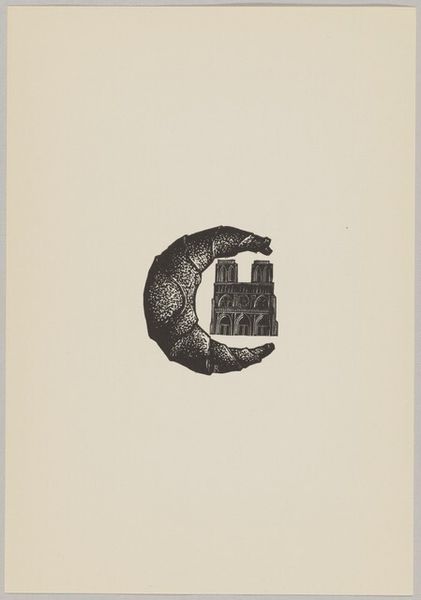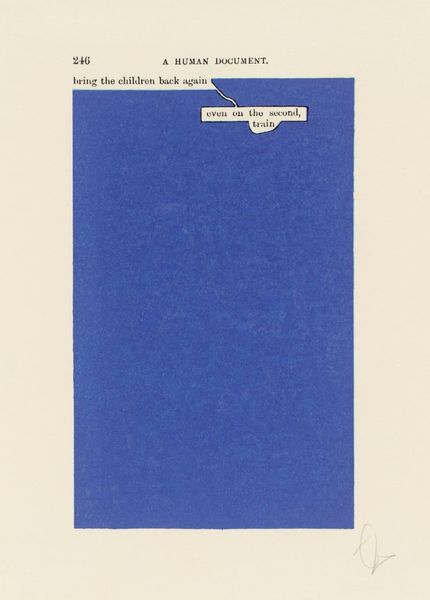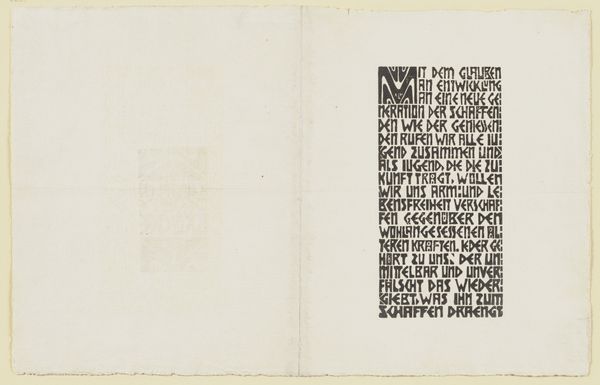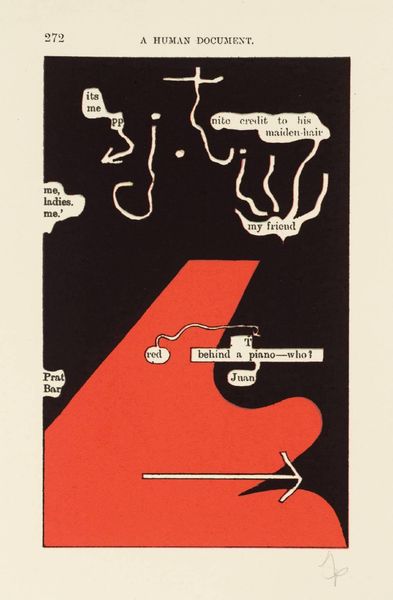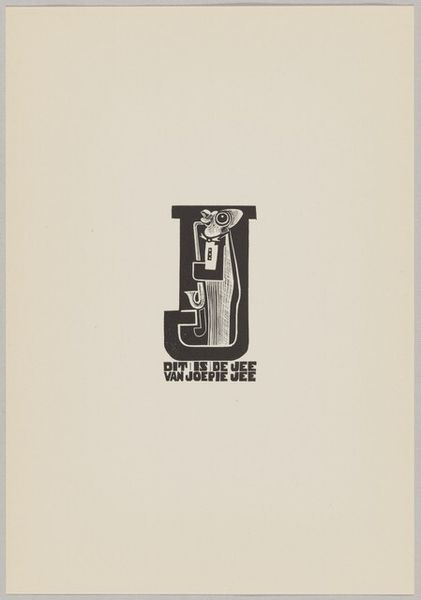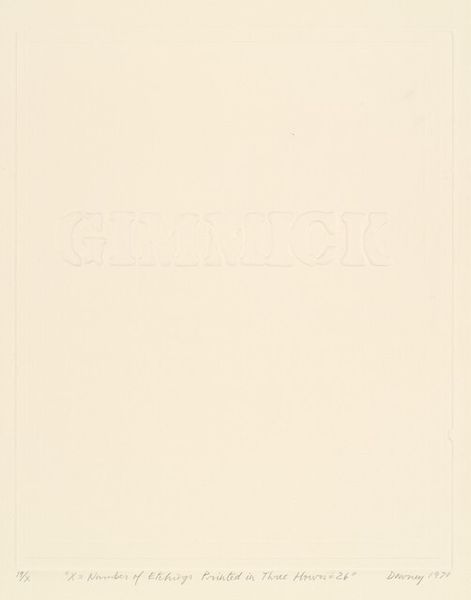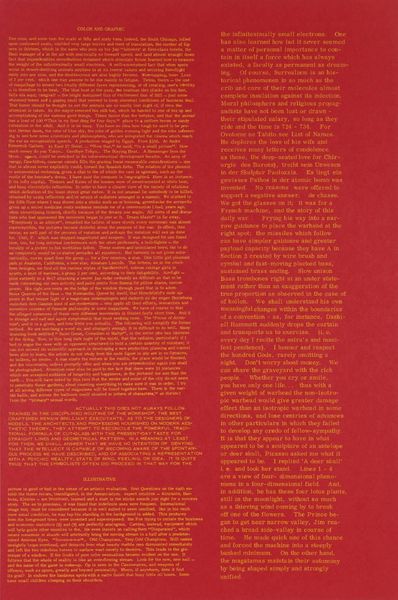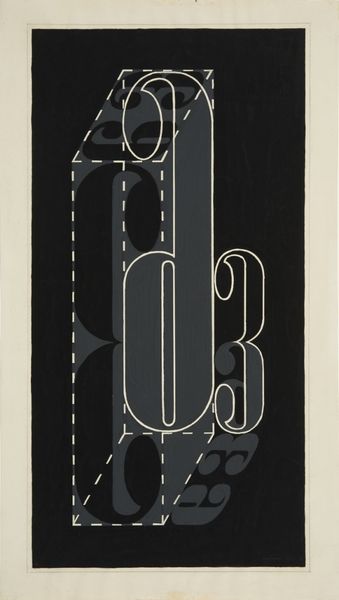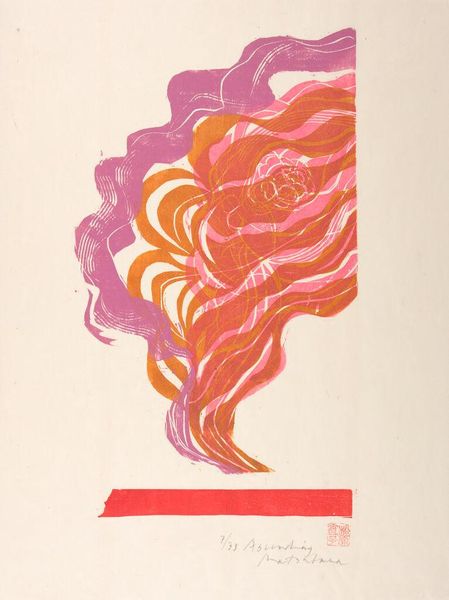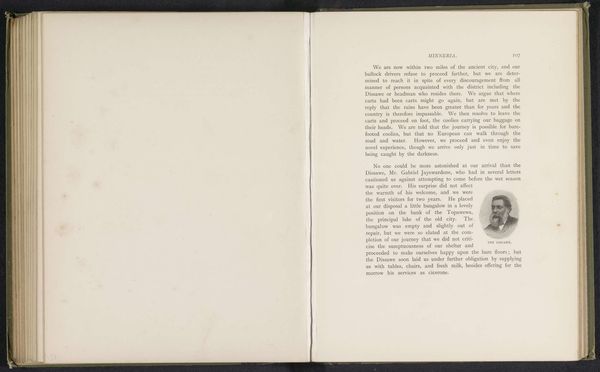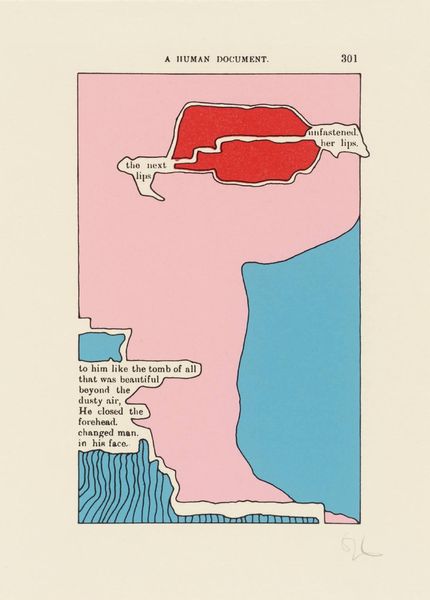
graphic-art, print, textile, typography, poster
#
graphic-art
# print
#
textile
#
typography
#
poster
Copyright: National Gallery of Art: CC0 1.0
Curator: Here we have Charles Knowles' screenprint, "Psalm 150," created around 1957. It strikes me as a bold experiment in marrying the visual and the textual. Editor: Immediately, I’m struck by the simplicity, and almost brutal, directness. The text practically stares you down. There's something very Lutheran about it, getting to the core message without ornate trappings. Curator: That's interesting. Knowles was indeed exploring the potency of typography, pushing the boundaries of the poster form as a medium for communication in the mid-20th century. We need to see this through the lens of the 1950s where bold new aesthetics were emerging alongside social changes. The typography makes a statement, acting as a clarion call of a reconfigured faith within the shifting societal values. Editor: It certainly resonates with ideas of power. The visual language, stripped bare like that, seems to be tapping into something primal. The 'cl' looms there like some forgotten runic symbol. Are those the artist's initials? Curator: That’s quite astute; indeed it's believed it could be the artists’ initials, subtly marking the artwork while emphasizing a universal theme from the scripture. Note too how the design serves to promote literacy as an educational tool. Post-war, accessible communication was seen as a means to social equity. The selection of such a known passage aims for inclusivity, which adds to this piece's complex web of signifiers. Editor: This piece embodies that idea through a particular form of graphic messaging. I wonder how its viewers reacted initially. Did they feel empowered by the text, or overwhelmed by the severe style? Or perhaps reminded of similar symbolism found in music and hymns of praise? Curator: Responses undoubtedly varied. Some might have found beauty in the stark simplicity and clear message. Others may have felt unsettled by the design that lacks the artistic embellishments one typically finds accompanying such sacred texts. Yet Knowles provides us a vehicle to unpack our understanding of visual semiotics in how it represents historical, religious and political undercurrents during his time. Editor: Ultimately, its visual strength invites engagement, even if it isn't conventionally pretty. It invites you to actively contemplate the psalm, rather than just passively absorb its meaning. Curator: Exactly, and situates us to discuss artistic, sociopolitical and historical contexts.
Comments
No comments
Be the first to comment and join the conversation on the ultimate creative platform.
